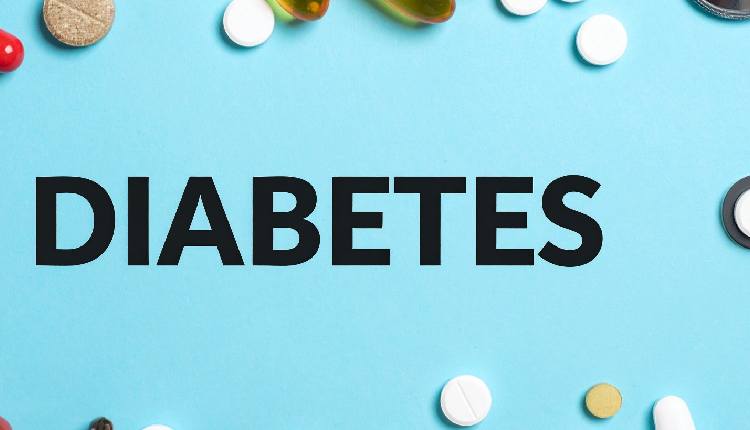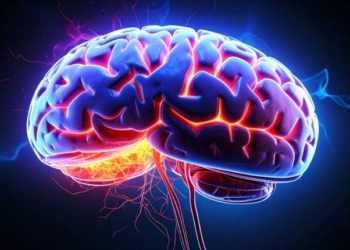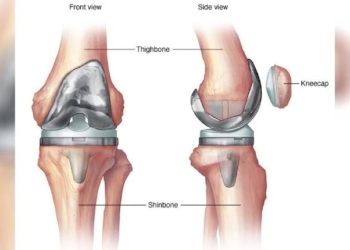New Delhi: Formally recognising Type-5 diabetes, a lesser-known malnutrition-related form of diabetes, can help develop diagnostic criteria and aid in effective management of the condition, affecting an estimated six million people in India and 25 million worldwide, global experts outlined in a new article published in The Lancet Global Health journal on Thursday.
Type-5 diabetes is a type of diabetes that typically affects lean and malnourished teenagers and young adults in low- and middle-income countries. It is estimated to affect 20 to 25 million people worldwide, mainly in Asia and Africa.
“It is more common in low-resource settings and in regions with a higher prevalence of undernutrition. An individual with a history of intrauterine undernutrition, followed by persistent undernutrition in adulthood, is postulated to be at high risk of type 5 diabetes,” Meredith Hawkins, Professor of Medicine at the Global Diabetes Institute at Albert Einstein College of Medicine in New York, US, told IANS.
“It is estimated that approximately about 6 million people in India have type 5 diabetes (given 101 million people with diabetes in India, with about 6 per cent of those with diabetes being underweight),” she added.
The condition now known as ‘type 5 diabetes’ has been reported in many low and middle-income countries (LMICs), including India, Bangladesh, Sri Lanka, Ethiopia, Rwanda, Uganda, Nigeria, and Indonesia, over the past 70 years. This led the World Health Organization to classify this condition as malnutrition-related diabetes mellitus in 1985; however, this classification was removed in 1999.
As a result, research and funding opportunities became limited, which later also caused confusion and inconsistency in diagnostic reports.
“Establishing formal recognition with standardised diagnostic criteria would help bring clarity and consistency to how the disease is defined across different healthcare settings. It would also increase awareness among clinicians, leading to improved screening and diagnosis, especially in individuals who might currently be misclassified as having Type 1 or Type 2 diabetes. A structured and evidence-based definition is crucial for the accurate identification and effective management of type 5 diabetes,” Hawkins said.
What are the symptoms of Type 5 diabetes?
Hawkins explained that Type 5 diabetes primarily affects individuals under the age of 30 from lower socioeconomic backgrounds, particularly in regions with a high prevalence of chronic undernutrition.
These individuals typically present with a body mass index (BMI) below 18.5 kg/m², in contrast to those with type 2 diabetes, who are often overweight or obese.
“Clinically, patients with type 5 diabetes show symptoms similar to both type 1 and type 2 diabetes, including excessive urination (polyuria), increased hunger (polyphagia), and excessive thirst (polydipsia). However, the clinical presentation of type 5 diabetes differs from types 1 and 2 diabetes in that patients with type 5 diabetes may exhibit signs of severe undernutrition and dehydration, such as sunken eyes, stunting, wasting, pallor, and fatigue,” the noted researcher said.
In addition, unlike type 1 diabetes, individuals with type 5 diabetes do not have a history of diabetic ketoacidosis — characterised by rapid and deep breathing with acetone breath, nausea, and vomiting.
“Biochemically, these patients are insulin sensitive, unlike those with type 2 diabetes, who are more commonly insulin resistant. Their serum insulin levels are lower than those seen in type 2 diabetes but higher than in type 1 diabetes. The islet cell antibodies, commonly present in type 1 diabetes, are also absent in type 5 diabetes,” Hawkins told IANS.
Notably, type 5 diabetes is often very poorly controlled, so patients commonly have severe hyperglycaemia, which, in addition to vitamin deficiency, may lead to complications such as peripheral neuropathy.
“If individuals with type 5 diabetes are misdiagnosed as type 1 diabetes and are prescribed large doses of insulin, they can be at high risk of severe hypoglycaemia due to high insulin doses in addition to preexisting food insecurity. On the other hand, if these individuals are misdiagnosed as type 2 diabetes and are prescribed medications such as GLP-1 agonists, resultant weight loss can be detrimental to them as they are already undernourished. More research is needed to understand the long-term complications of type 5 diabetes,” Hawkins said.
With the formal recognition, a diagnostic criterion will be developed for type 5 diabetes, which can then be applied to diverse populations. It will also help develop recommendations for managing type 5 diabetes, tailored for use in various healthcare settings.
(IANS)
















